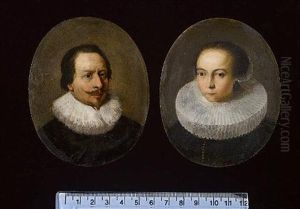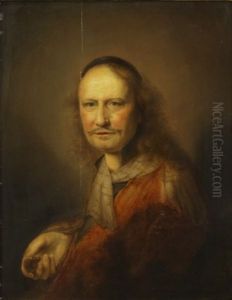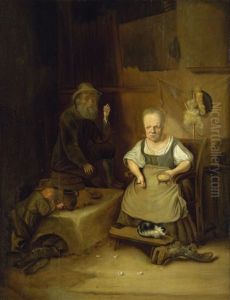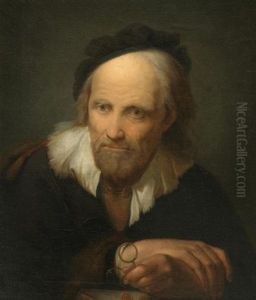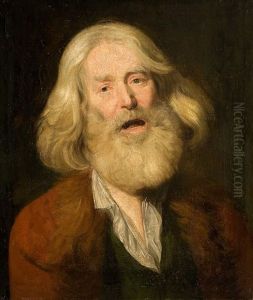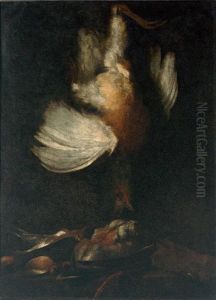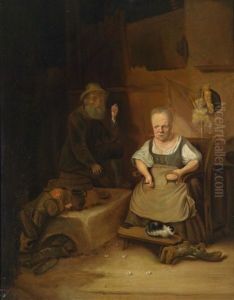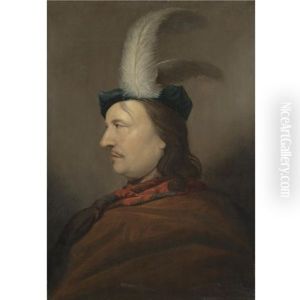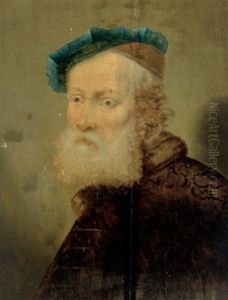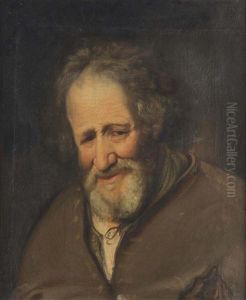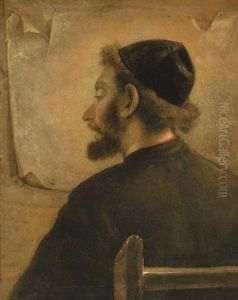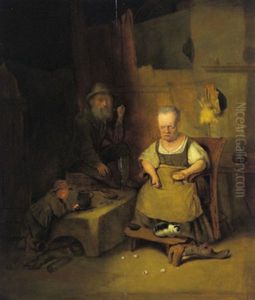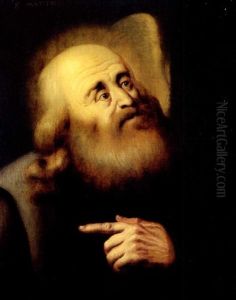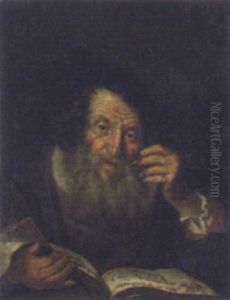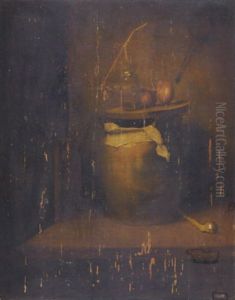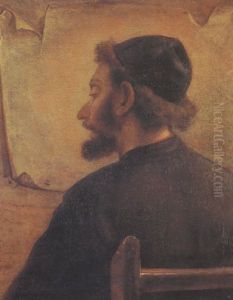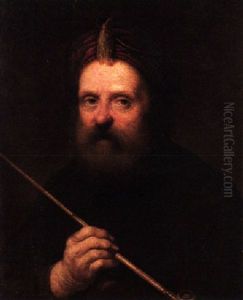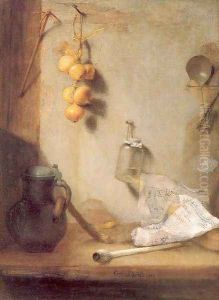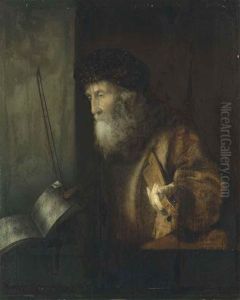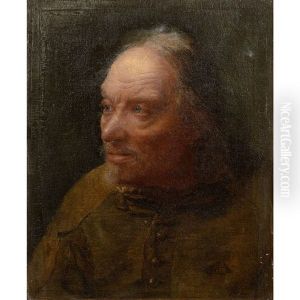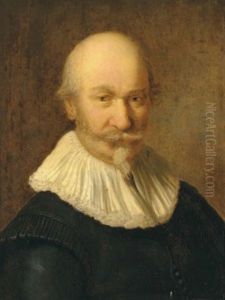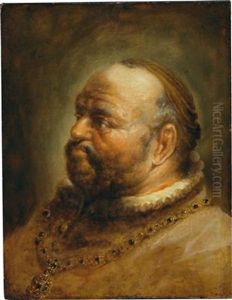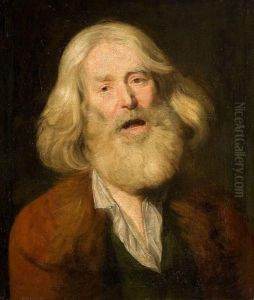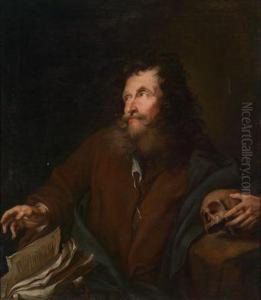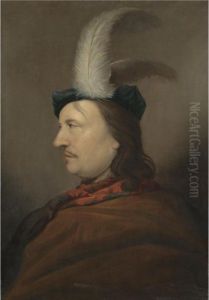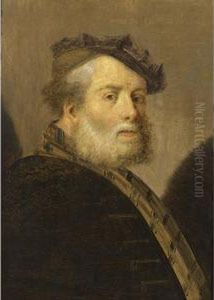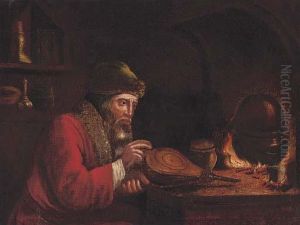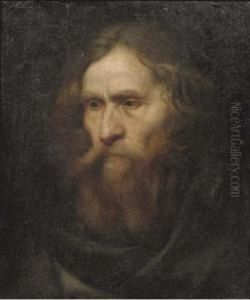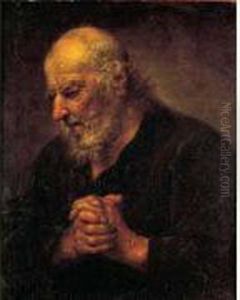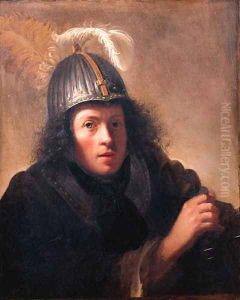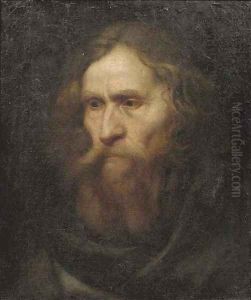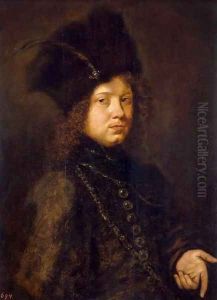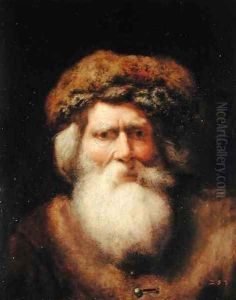Christoph Paudiss Paintings
Christoph Paudiss was a notable German Baroque painter known for his portraits and still-life paintings. Born in 1630 in Riesenburg, Prussia (now Prabuty, Poland), Paudiss displayed a talent for painting at a young age. His early works were influenced by the Dutch Caravaggisti, a group of artists who were inspired by the works of the Italian painter Caravaggio.
Paudiss's career began to flourish after he became a pupil of Rembrandt in Amsterdam around 1650. Under Rembrandt's guidance, Paudiss honed his skills in capturing the play of light and shadow, a hallmark of Rembrandt's work. Paudiss's own style developed into a mix of his master's dramatic chiaroscuro and his own attention to detail, particularly in his portraits.
After his studies with Rembrandt, Paudiss traveled extensively across Europe, which exposed him to various artistic styles and techniques. He worked in Vienna, and later in Dresden, where he was influenced by the works of other Baroque painters. Despite the lack of detailed records concerning his travels, it is evident that these experiences expanded his artistic repertoire and had a significant impact on his later works.
Paudiss's portraits often depicted individuals in a contemplative or melancholic state, capturing a sense of introspection that was rare for the time. He was also adept at still-life compositions, where he demonstrated a remarkable ability to render textures and surfaces with a high degree of realism.
Unfortunately, Paudiss's life was cut short when he died in 1666 at the age of 36. His exact place of death is not well documented, but it is believed that he died in Dresden. Despite his relatively brief career, Christoph Paudiss left behind a small but significant body of work that contributes to our understanding of Baroque art and the influence of Rembrandt's teachings on his pupils.
